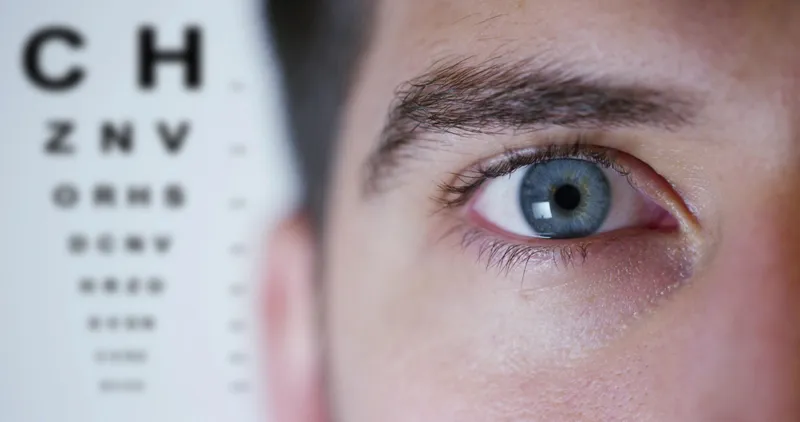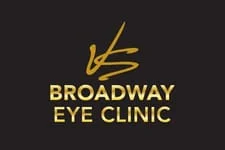Dry Eye Treatment

What is dry eye?
Dry eye is a medical disease which occurs when there is an imbalance in your protective and lubricating tear film. This film is composed of three layers - an aqueous layer, mucous layer and lipid layer. Together, all three substances help create a properly hydrating, lubricating, and nourishing film for the cornea and sclera of the eye.
What are symptoms of dry eye?
Dry eyes can cause a variety of symptoms including blurry vision, eye soreness, burning sensation, scratchiness, itching, strain and redness. Dry eyes may also cause discomfort or irritation in contact lenses, blurred vision, and light sensitivity.
What causes dry eye?
Dry eyes can develop for many reasons. Lifestyle and work habits like increased screen time reduces our blink rate leading to evaporative dry eye and blocked eyelid oil-glands known as Meibomian Gland Dysfunction (MGD). Other factors including certain medications and health conditions (such as Sjogren's syndrome), environmental conditions (like constant wind) can also compromise your tear film and exacerbate dry eyes.
Does dry eye pose a danger to the eye?
Your tear film not only helps lubricate and nourish your eyes, it also acts as a barrier for foreign bodies. When there is an imbalance in your tear film, you also run the risk of developing corneal ulceration or scarring which left untreated can impair or damage your vision.
How does my Optometrist at Broadway Eye Clinic address dry eye?
Using the latest technology in our dry eye clinic, our doctors can order testing and perform a comprehensive ocular surface examination to identify the root cause of your dry eye. Our doctors will then customize a treatment plan that best fits your individual diagnoses and lifestyle. Depending on your diagnosis, we may recommend an in-office procedure such as LipiFlow and/or Intense Pulse Light. Additional remedies may include eyelid cleansers, moist heat masks, prescription and/or lubricating eye drops, dietary supplements, allergy treatment or environmental changes.
Lipiflow FAQ
At Broadway Eye Clinic we are committed to healthy vision. Our optometrists understand the frustrations and limitations of some traditional therapies such as prescription drops and warm compresses. We are excited to offer LipiFlow, the only FDA-approved procedure designed to treat the root cause of gland dysfunction.
What is LipiFlow?
LipiFlow is the only-FDA approved procedure for relieving the root cause of evaporative dry eye, Meibomian Gland Dysfunction (MGD). The Lipiflow system safely and comfortable uses a combination of heat and pulsation to unclog your meibomian glands, restoring normal oil levels in the tear film.
What are meibomian glands?
Meibomian glands are small glands on the inside of the eyelids. These glands help maintain and produce the protective lipid (oil) layer in the tear film. A healthy and stable lipid layer helps ensure a stable and consistent tear film and vision.
What happens in meibomian gland dysfunction?
Meibomian Gland Dysfunction occurs when the meibomian glands in the eyelids become clogged. When these glands become blocked they can no longer produce the protective oils necessary to keep your tears from evaporating too quickly leading to dryness, irritation, discomfort and vision fluctuation.
How does LipiFlow treat meibomian gland dysfunction and dry eye?
Sterile single-use LipiFlow activators are applied in each eye. During the 12 minute in-office treatment, small devices safely and comfortably deliver a combination of heat and pressure to the inner and outer lids while protecting the delicate structures of your eye. The controlled heat and gentle pulsations simultaneously help liquify and remove blockages from the meibomian glands.
How safe is LipiFlow? Are there side effects?
Lipiflow is considered to be very safe and is currently the only FDA-approved procedure for treating MGD.
To see if you are a LipiFlow candidate, please call us at 801.322.0467 to schedule your dry eye evaluation.
Intense Pulse Light FAQ
Unlike other dry eye treatments such as artificial tears and warm compresses, IPL offers a more permanent solution to your ocular surface disease by targeting the underlying cause instead of only the symptoms.
What is IPL?
Intense Pulsed Light (IPL) Therapy is a light-based treatment which has traditionally been used in dermatology to treat different skin conditions such as rosacea, sunspots, and acne. Lumenis Optima IPL is a gentle and effective drop-free drug-free solution which targets Meibomian Gland Dysfunction and chronic inflammation, both causes of dry eye disease.
How does it Work?
IPL technology uses light pulses to penetrate the tissue and create heat, targeting the abnormal vessels that are the root cause of inflammation. The body’s natural reaction to the treatment removes the abnormal vessels and heals the inflammation which reduces eyelid redness and improves overall skin appearance. The pulses of light also help liquify and loosen oils that have clogged the eyelids’ meibomian glands, helping restore a normal oil flow in the tear film. A steady and balanced tear film is crucial for a healthy eye and stable vision.
How is IPL performed?
IPL is an in-office treatment offered here at Broadway Eye Clinic. After your initial dry eye evaluation, if you are a candidate for IPL, you will receive a symptom and skin questionnaire to help customize the treatment for your skin type and condition.
During your IPL treatment, protective pads are placed over the eyes for your safety. A cooling gel is then applied to the eyelid area. Usually, only the lower eyelids are treated. A handheld device with a glass prism will then be placed over the gel and treatment area. An intense flash of light, or pulse, is beamed through the prism to the treatment area. The pulses are strategically directed across your face near the eyelids from ear to ear. Each session lasts approximately 15 minutes.
Is IPL Safe? Does IPL hurt?
Lumenis IPL is safe and FDA cleared for over 20 different skin indications. During your treatment, you may experience a warm sensation as the light is applied to your skin.
What should I expect after my IPL treatment?
Immediately following your treatment, you may experience some redness and discomfort in the treated areas that will usually disappear within a few hours. Some patients may experience a mild sunburned feeling that should subside in a few days. In most cases, patients are able to resume their daily activities the same day.
How often should I be getting IPL treatments?
For optimal results, typically four initial sessions are recommended, spaced apart by two to four weeks. Maintenance treatments, once every six months, are recommended for optimal long-term results. Our optometrist will help determine which care plan best fits your skin type and condition.
If you are interested in learning more about IPL and your treatment options, schedule your ocular surface disease evaluation here.
*Please note, not all patients are candidates for IPL. Our optometrists will customize a treatment plan for your condition and lifestyle.

